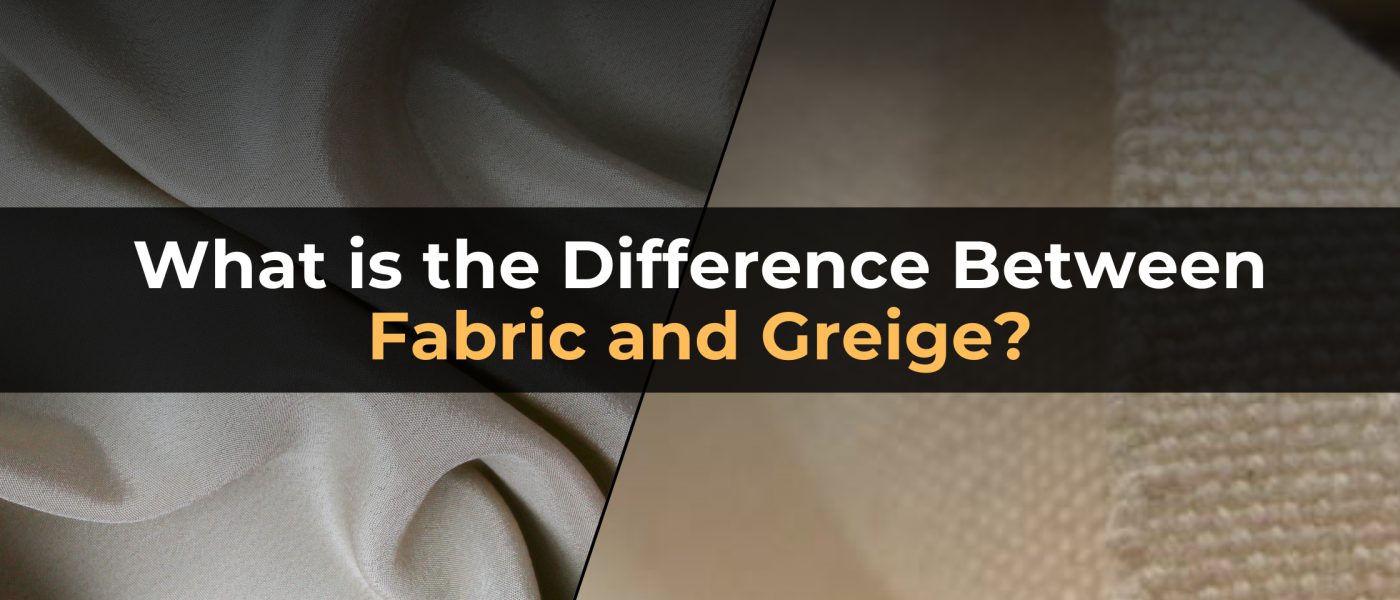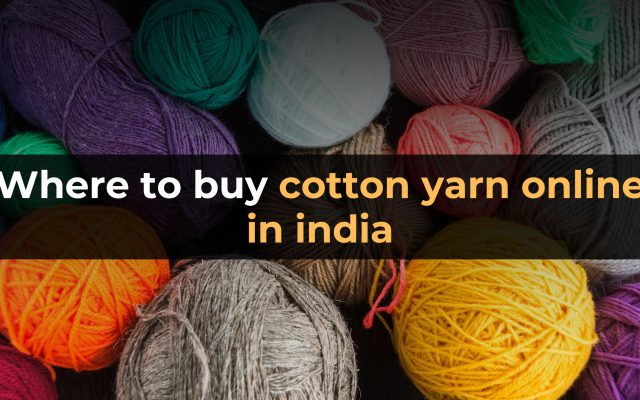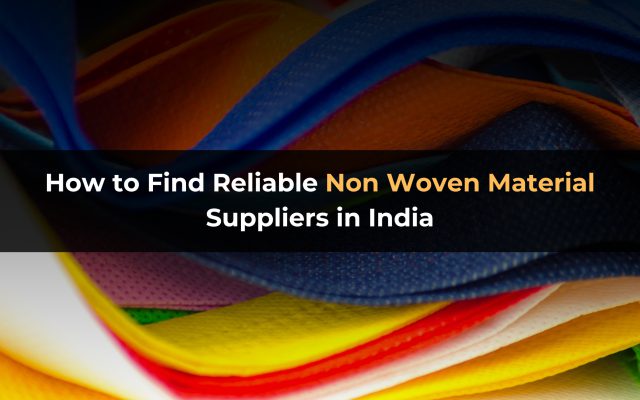Textile world commonly utilizes the terms fabric and greige to mean the same thing while referring to different stages of the material. Knowing what differentiates these two basic textile forms is essential in case you want to buy woven fabric from India or deal with non-woven fabric in this country. What distinguishes fabric from greige and how are they important in the textile industry?”
Fabric: The Final Product
Fabric is the final textile stuff that is all set for use in diverse applications such as clothing, and household items. It comes at the end of the production chain where fibers are spun into threads, which are then knitted or woven into a fabric and then finished with the material to achieve desired properties such as softness, durability, and color.
Key Characteristics of Fabric:
- Fabric is well set to use, requiring only cutting and stitching.
- The fabric occurs in several forms which include woven, knitted and non-woven fabrics.
- Its utility may range from high fashion clothing materials all through to heavy industrial textiles.
The purpose of Texchange Global is to offer a variety of woven fabrics or seamless textile goods that are preferred by textile companies in India. This facilitates a broad variety of fabric selection involving different buyers and sellers specializing in various types of textiles.
Greige: The Raw Canvas
Greige goods, as opposed to dyed and finished fabrics materials, comprise those that are undyed or untreated. They possess a simple weaves appearance because they have not been washed or undergone any other finishing processes after knitting or weaving. That is why they are preferred when it comes to unique designs customization.
Key Characteristics of Greige:
• A greige fabric that has not undergone any dyeing, printing or finishing processes lacks the final visual properties.
• The versatility in its use as manufacturers and designers can use different treatments, colours and finishes according to the specific desired end-uses makes this fabric a versatile foundation for them.
• Comparatively, Greige fabric is usually cheaper than finished fabrics; hence it’s ideal for bulk production as well as off-the-shelf applications aimed at industry.
Texchange Global plays a fundamental role in linking buyers with suppliers of both fabric and greige materials, offering a comprehensive marketplace for locating textiles from around the world. Whether you’re looking for woven fabric material famous for its complex weaves and craftsmanship, or exploring non-woven fabric material in India used widely in sectors like healthcare and automotive, the platform enables seamless transactions and access to a various range of suppliers.
Choosing Between Fabric and Greige: Considerations
When deciding between fabric and greige for your project, several factors come into play:
- End-Use Requirements: Consider whether you need finished fabrics with specific properties or prefer the usefulness of greige for customized treatments.
- Budget and Cost:Evaluate the cost-effectiveness of greige versus finished fabrics based on your production scale and customization needs.
- Lead Times and Production Flexibility: Greige offers flexibility in processing and customization but may require additional lead times compared to ready-made fabrics.
In conclusion, while fabric represents the final, processed material ready for immediate use, greige serves as a raw material platform offering flexibility and customization capability. Texchange Global supports businesses in navigating these choices by providing access to a diverse group of woven and non-woven fabric materials sourced from India. Whether you’re a fashion designer, manufacturer, or retailer, understanding the differences between fabric and greige ensures informed decision-making and best outcomes in your textile sourcing activities.




